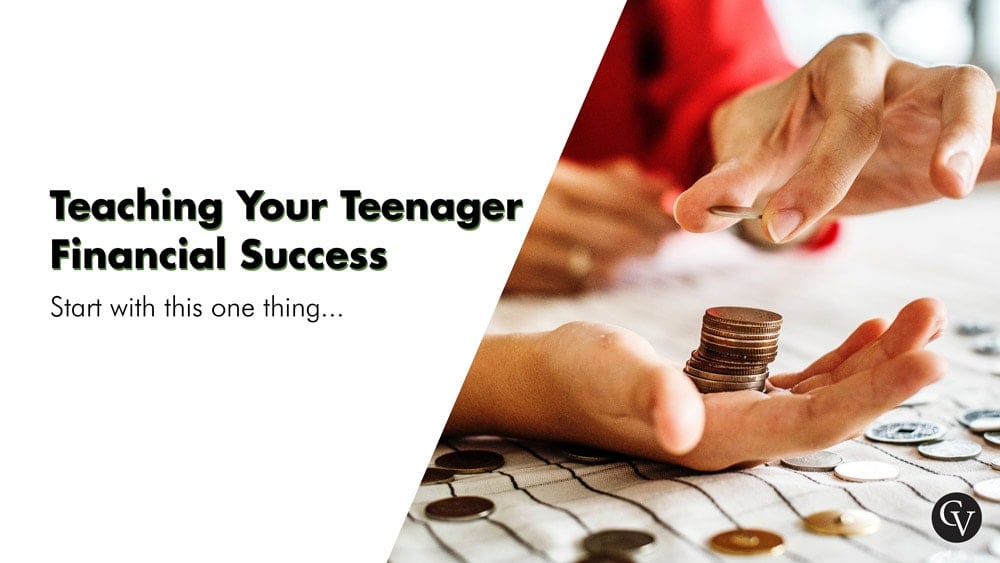[et_pb_section fb_built=”1″ _builder_version=”3.22″ custom_padding=”50px||50px||true|”][et_pb_row _builder_version=”3.25″ background_size=”initial” background_position=”top_left” background_repeat=”repeat”][et_pb_column type=”4_4″ _builder_version=”3.25″ custom_padding=”|||” custom_padding__hover=”|||”][et_pb_text _builder_version=”3.27.4″ text_font=”Futura Light||||||||” header_2_text_align=”center” header_2_text_color=”#18355e” header_3_text_align=”center” header_3_text_color=”#18355e” z_index_tablet=”500″ text_text_shadow_horizontal_length_tablet=”0px” text_text_shadow_vertical_length_tablet=”0px” text_text_shadow_blur_strength_tablet=”1px” link_text_shadow_horizontal_length_tablet=”0px” link_text_shadow_vertical_length_tablet=”0px” link_text_shadow_blur_strength_tablet=”1px” ul_text_shadow_horizontal_length_tablet=”0px” ul_text_shadow_vertical_length_tablet=”0px” ul_text_shadow_blur_strength_tablet=”1px” ol_text_shadow_horizontal_length_tablet=”0px” ol_text_shadow_vertical_length_tablet=”0px” ol_text_shadow_blur_strength_tablet=”1px” quote_text_shadow_horizontal_length_tablet=”0px” quote_text_shadow_vertical_length_tablet=”0px” quote_text_shadow_blur_strength_tablet=”1px” header_text_shadow_horizontal_length_tablet=”0px” header_text_shadow_vertical_length_tablet=”0px” header_text_shadow_blur_strength_tablet=”1px” header_2_text_shadow_style=”preset2″ header_2_text_shadow_horizontal_length=”0.06em” header_2_text_shadow_vertical_length=”0.06em” header_3_text_shadow_style=”preset2″ header_3_text_shadow_horizontal_length=”0.06em” header_3_text_shadow_vertical_length=”0.06em” header_4_text_shadow_horizontal_length_tablet=”0px” header_4_text_shadow_vertical_length_tablet=”0px” header_4_text_shadow_blur_strength_tablet=”1px” header_5_text_shadow_horizontal_length_tablet=”0px” header_5_text_shadow_vertical_length_tablet=”0px” header_5_text_shadow_blur_strength_tablet=”1px” header_6_text_shadow_horizontal_length_tablet=”0px” header_6_text_shadow_vertical_length_tablet=”0px” header_6_text_shadow_blur_strength_tablet=”1px” box_shadow_horizontal_tablet=”0px” box_shadow_vertical_tablet=”0px” box_shadow_blur_tablet=”40px” box_shadow_spread_tablet=”0px”]
Every parent desires to raise financially responsible children and launch them into the world with the money management tools they need to succeed. When the kids are little, teachable moments about money come in the form of piggy banks, offering plates, and birthday gifts. As they grow, we catch as many teachable moments as we can and hope we’re modeling positive habits.
Then it happens: overnight they become teenagers. The skill of money management (and many other life lessons) is no longer theoretical or distant. The stakes are getting higher. In a few short years, they’ll need to have reliable transportation, establish good credit, manage their own accounts, fill out their own forms, pay their own bills, and eventually all the things adults do.
Those responsibilities aren’t here yet, but now is the time to put some real-life financial experience in their hands to gradually prepare them for launch. Take a moment to breathe deep and remind yourself parenting is hard, you’re doing the best you can, it’s not too late, and you can do this.
So how do you teach tweens, teens and young adults to be financially responsible?
Start with this practical step: Open a checking account.
Establish a joint account with your teen (some experts recommend age 14) along with a debit card. Have her talk to the banker and learn the ropes of personal banking.
Out of this account, she will be practicing saving, spending, and giving with her own money. This is an opportunity to coach your teen through the successes and failures of money management on a smaller scale, while the stakes are low. Following are a few how-tos on teaching teens money management through their checking account.
SAVING
The concept of delayed gratification is opposite the prevalent cultural message of “I want it now.” Practicing long-term growth-mindset investing can help break the curse of consumption and is vital to a healthy relationship with money.
With this in mind, have a two-way conversation with your teen about how much money she has, how much she wants to earn, and most importantly, how much she wants to save. Listen to her ideas. Get her thinking about long-term financial goals. Pull up an online investment calculator together and let your teen plug in some numbers to see the benefits of starting early. For example, if she decides to save $30 a month beginning at age 14, at a 10% return on investment compounded monthly, she’ll have over $350,000 at age 60.
In order to demonstrate the importance of investing, you may choose to match your child’s monthly savings just as employers match retirement funds. Check with your financial advisor or look online for the best investment options available. For example, Custodial ROTH IRA’s are tax-free, and several do not require a minimum to open an account.
Lastly, link her investment account to her checking account and set up automatic withdrawals.
GIVING
“It’s better to give than to receive” is a truth we parents have been trying to instill in our children from an early age. Now that our teen has his own pot of money to manage, he can learn first-hand the benefits of giving. Require him to give something. Ask him what cause or person he believes in; get him thinking about why and how much he wants to give in his church or community.
As he practices giving he will be tapping into what neuroscientists call “giver’s glow.” Chemicals actually light up the brain with dopamine, endorphins, and oxytocin when we give, creating a sense of happiness, well-being, and peace. Studies have proven that generosity actually helps lower blood pressure, reduce stress and anxiety, and increase joy, all of which contribute to a longer life expectancy.
While the mental and physical benefits of giving are tangible, the spiritual benefits are of giving are unseen yet just as significant. Practicing giving breaks the “me first” mindset of American culture and aligns us with something greater than ourselves.
SPENDING
With his checking account, your child can deposit checks, make purchases, check the balance, and begin to understand what his spending and earning looks like in real numbers. Through all this think of yourself as a financial coach. Check in regularly, reviewing statements together and setting parameters as needed. Help him create a budget and stay aware of his cash flow, spending categories, and earning. Through trial and error, he will find his behavioral limitations, understand how much things cost, and make mistakes on a smaller scale.
If he runs out of money, don’t bail him out or pay his overdraft fees. It’s a great opportunity for him to learn the value of hard work and responsible spending, and it motivates him to earn and manage his own money.
Additionally, being responsible for his own checking account will likely foster a sense of responsibility that will spill over into other areas of life.
We hope these practical steps will aid you in shaping a responsible and generous generation. Please share this article with fellow parents of middle schoolers and high schoolers. We can do this!
SOURCES:
Financial Advice for Teenagers
15 Ways to Teach Kids About Money
What Generosity Does to Your Brain and Life Expectancy
10 ways to turn everyday life into teachable moments
[/et_pb_text][/et_pb_column][/et_pb_row][et_pb_row _builder_version=”3.27.1″][et_pb_column type=”4_4″ _builder_version=”3.27.1″][et_pb_text _builder_version=”3.27.4″ width=”75%” module_alignment=”center”]
•••
About the Author: Rachel Norris lives in Franklin, TN with her husband and three children. She is the author of the Beauty Runs Deep blog.
[/et_pb_text][/et_pb_column][/et_pb_row][/et_pb_section]






